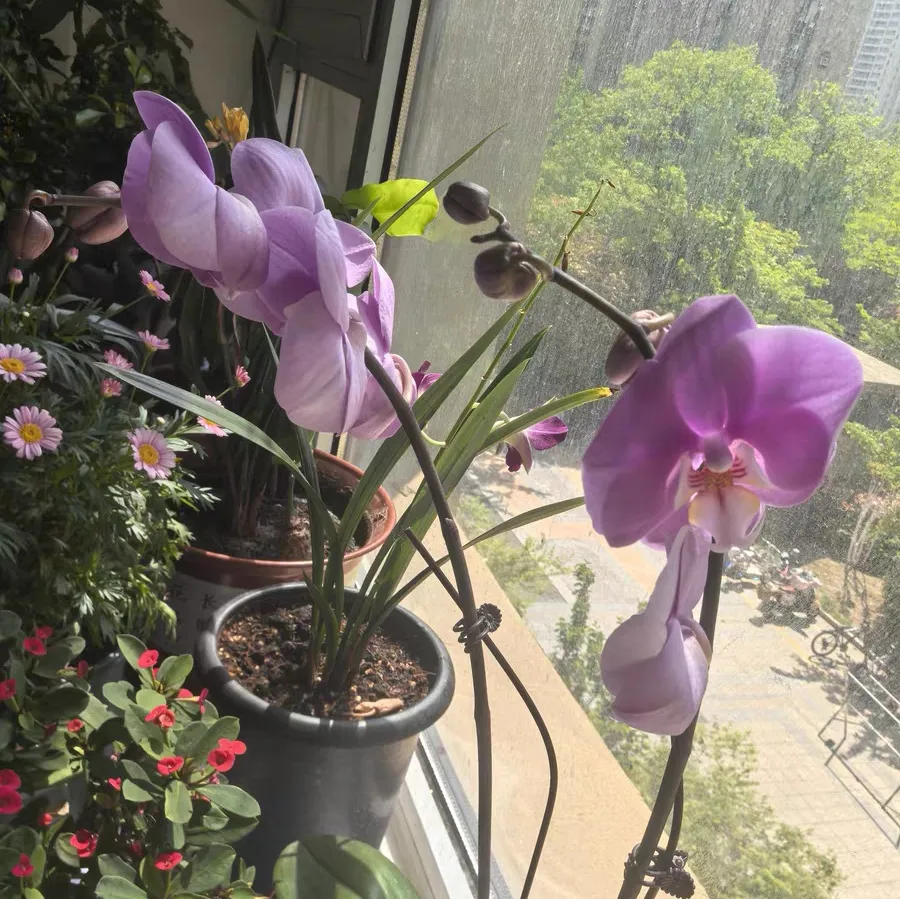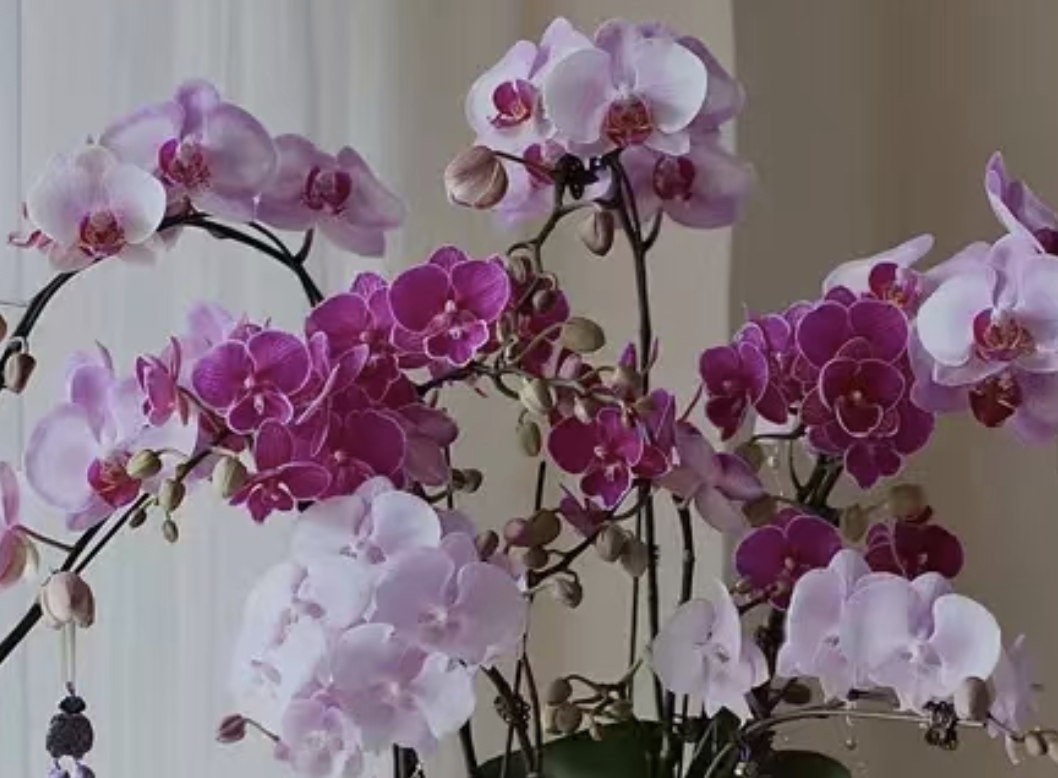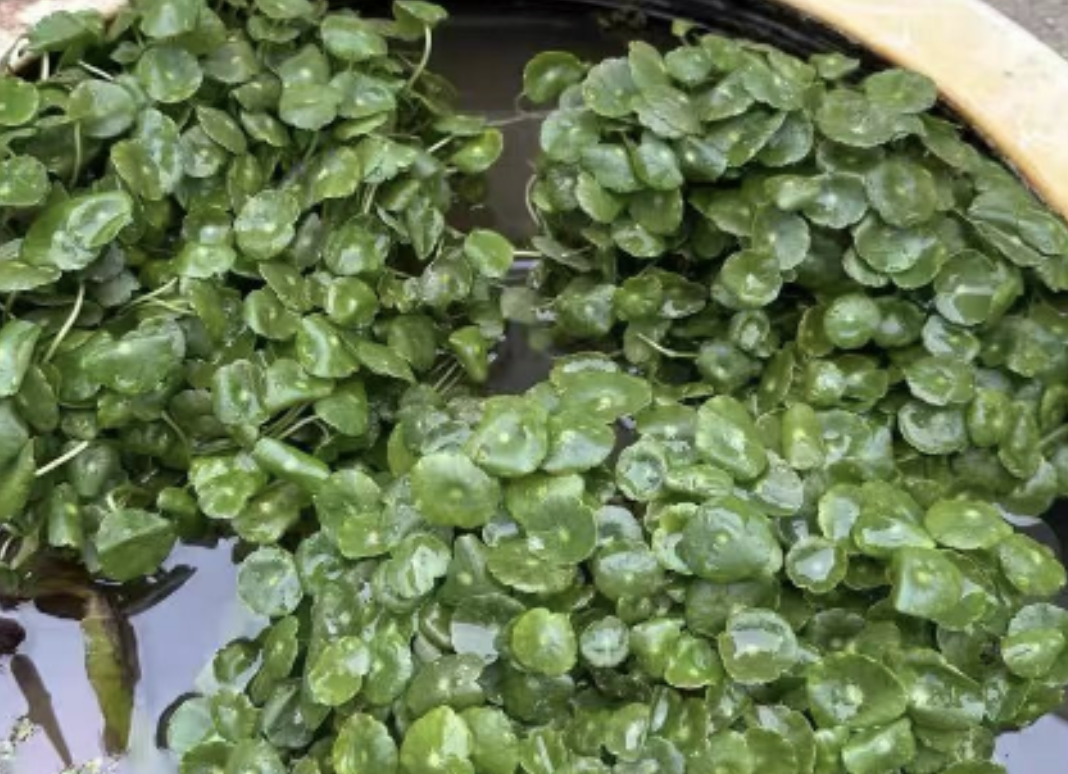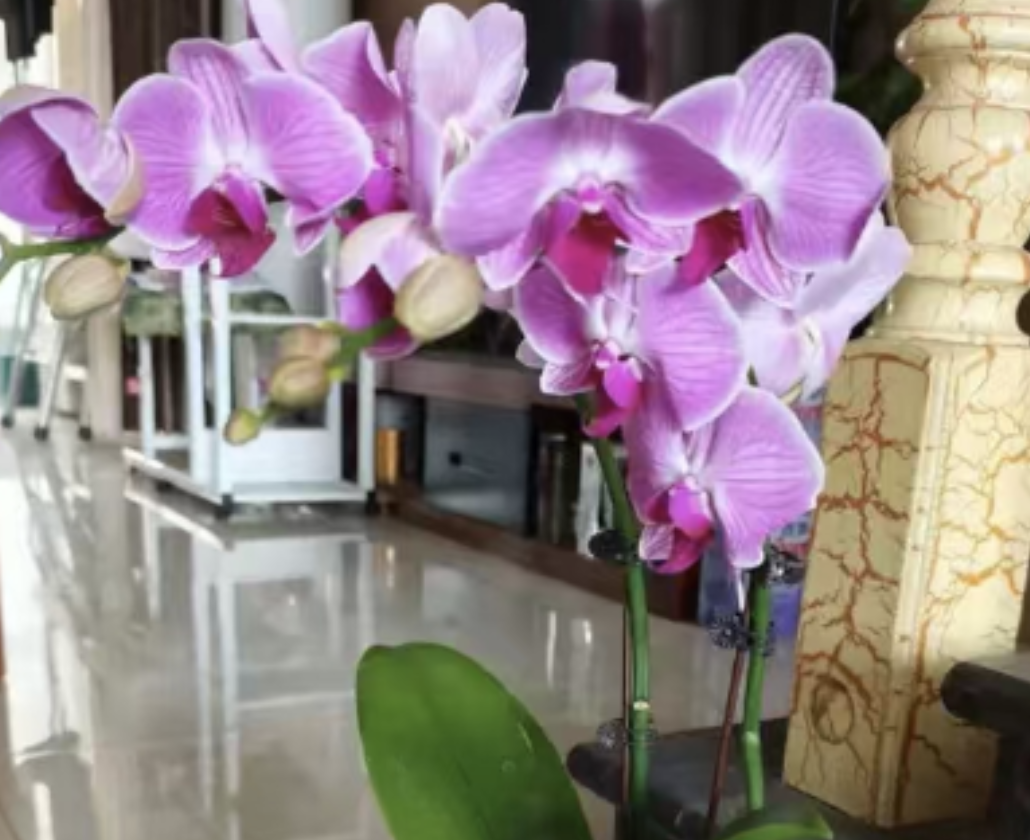A healthy root system is fundamental to the growth of Phalaenopsis. If the roots turn white, it is mostly related to improper water management.
### I. Causes of White Roots
White roots due to water shortage: The roots are light grayish-white, hard in texture, accompanied by dry, white, and compacted growing medium (sphagnum moss or bark). There is no condensed moisture on the pot wall, and the overall weight of the pot is significantly reduced.
White roots caused by overwatering: The roots are white and accompanied by a soft and sticky feeling. Some roots have dark brown spots or become mushy. The growing medium remains damp for a long time, which may be accompanied by a slight musty smell.
### II. Treatment Methods
1. Water supplement methods for water-shortage-induced white roots
When it is confirmed that the white roots are caused by water shortage, a gentle water supplement method should be adopted:
Soaking method: Put the flowerpot in shallow water to allow the growing medium to fully contact with water. After soaking for about 10 minutes, take it out and let the excess water drain naturally.
Bottom water absorption method: Pour an appropriate amount of clean water into the tray, so that the growing medium can absorb water naturally through the drainage holes at the bottom of the pot. Remove the remaining water in the tray after the growing medium is half-moist.
It should be noted that direct heavy watering should be avoided to prevent the roots from becoming hollow due to sudden stimulation.
2. Root repair caused by overwatering
If the white roots are accompanied by signs of rot, timely treatment is required:
Pot removal and cleaning: Carefully take out the plant and remove the attached damp growing medium to avoid damaging healthy roots.
Pruning diseased roots: Use disinfected tools to completely cut off the diseased roots that are white, soft, and have spots. For healthy roots, prune 1-2 centimeters more to block the spread of the lesion, retaining the plump and green fleshy roots.
Root drying and disinfection: After pruning, place the plant in a ventilated place to dry for 2-3 hours until the wounds are dry.
Repotting: Replace with new, well-ventilated growing medium (a mixture of bark and volcanic rock is recommended). When repotting, avoid deep burial and keep some roots exposed to enhance air permeability.
### III. Daily Maintenance
Environment: Place in a bright environment with scattered light, avoiding direct sunlight, especially keeping away from strong light after watering. Maintain good ventilation, pour out the accumulated water in the tray in time after watering, and control the ambient temperature at 15-28℃.
Watering:补水 when the color of the roots changes from green to grayish-white, the color of the growing medium becomes lighter, and there is no moisture on the pot wall. It is advisable to keep the growing medium slightly dry during the seedling stage, avoid drought during the pedicel stage, and keep the growing medium slightly moist during the flowering period.
Growing medium:优先 use a mixed growing medium of bark and volcanic rock (with a ratio of about 3:1), which has both water retention and air permeability. If sphagnum moss is used, regularly check whether it is compacted and replace it in time to prevent root suffocation.
What causes the roots of Phalaenopsis to turn white?

Share with
Tagged in :




Leave a Reply